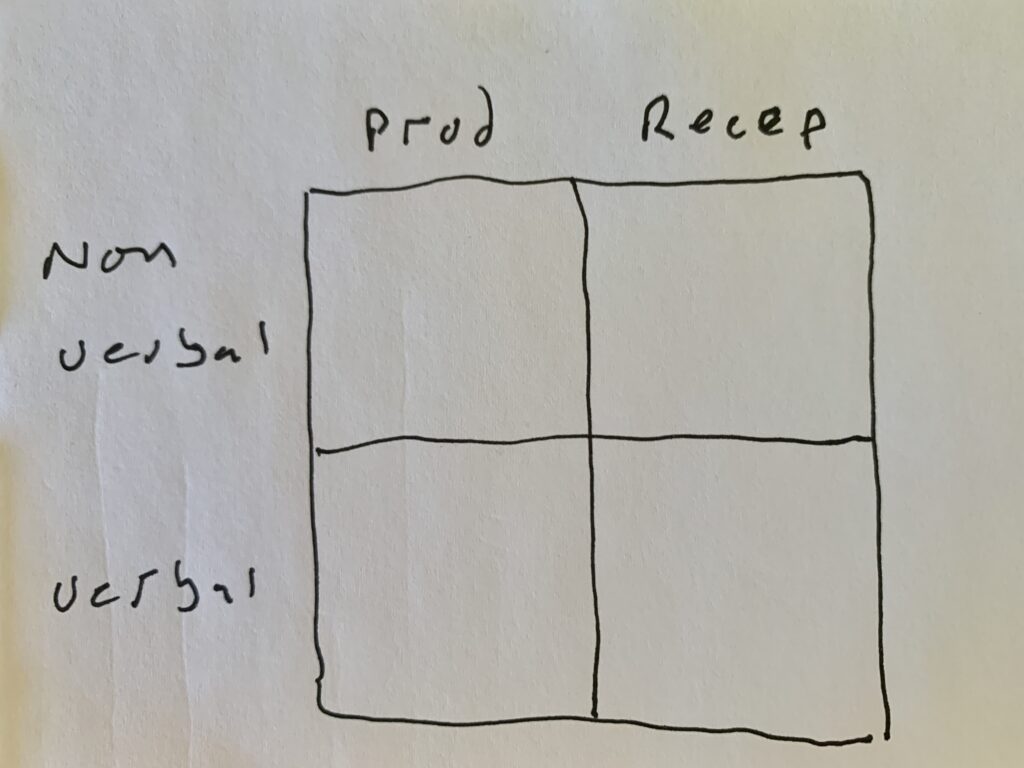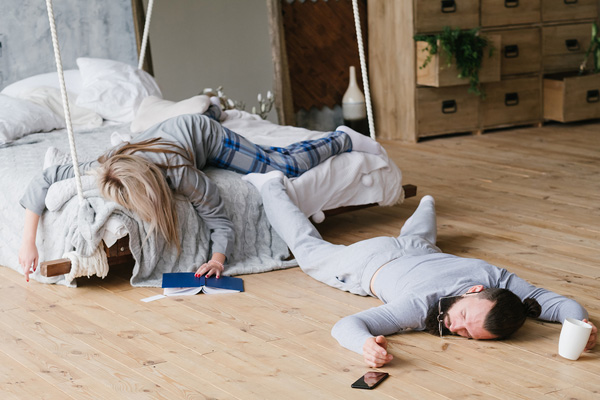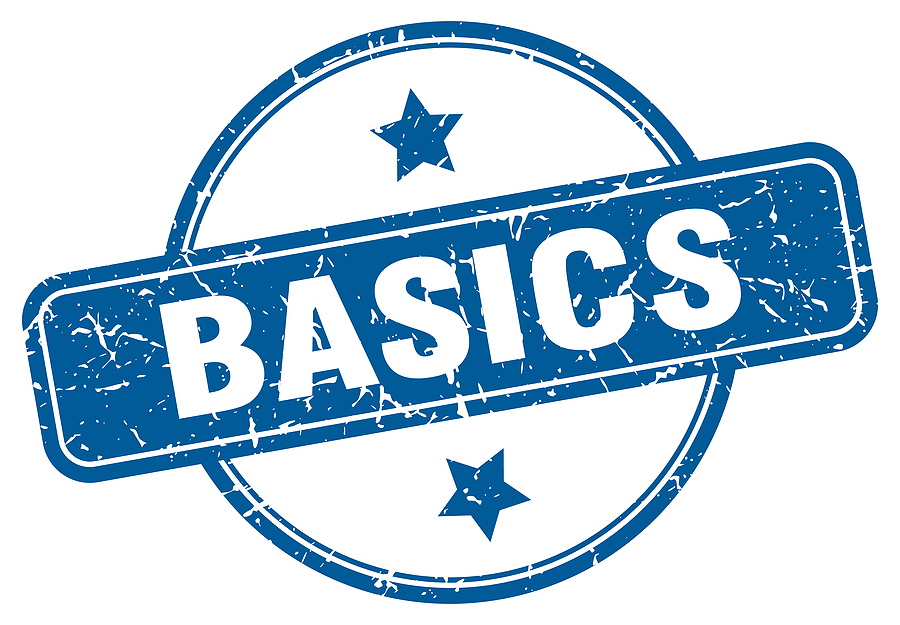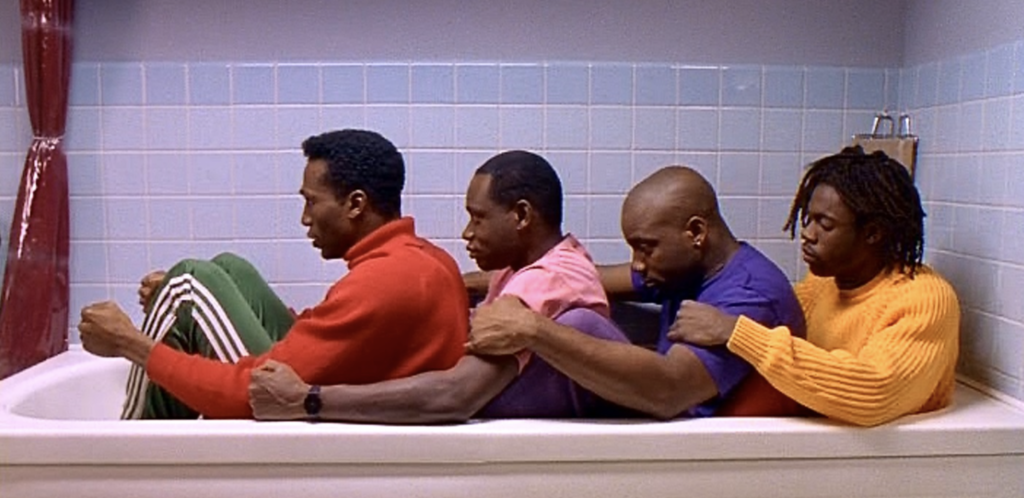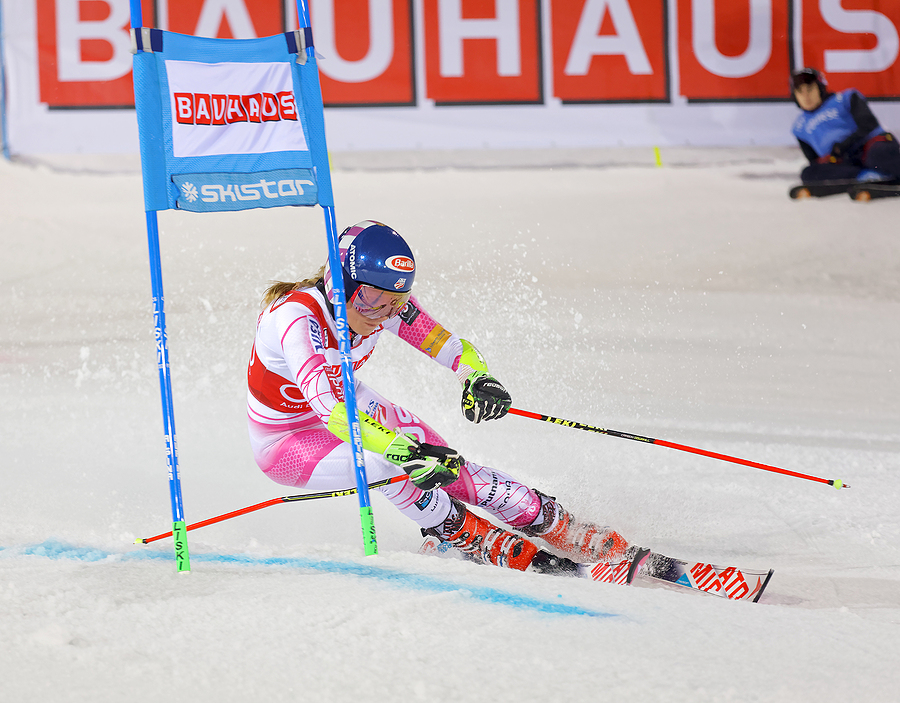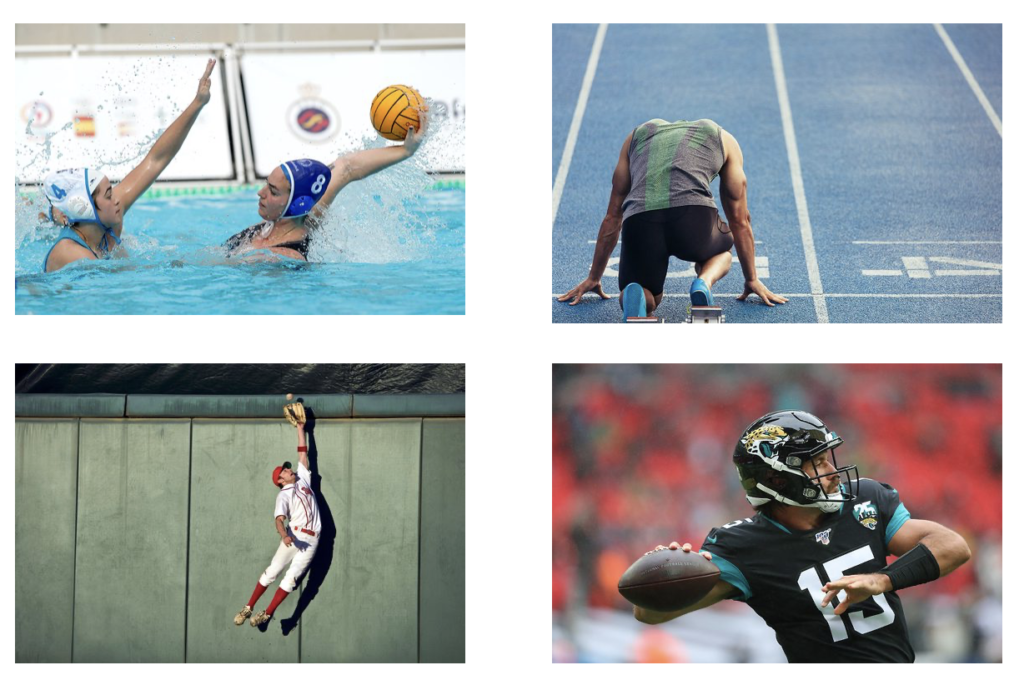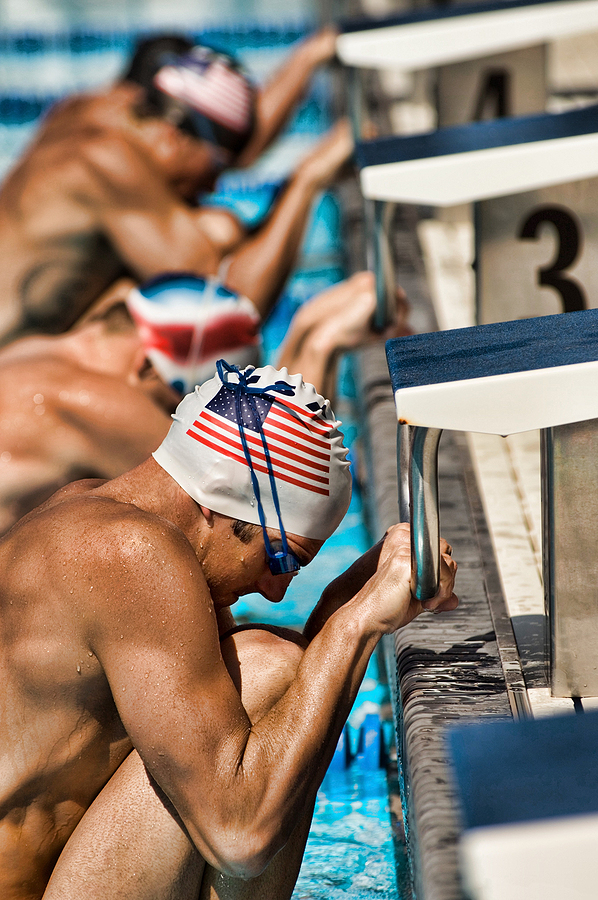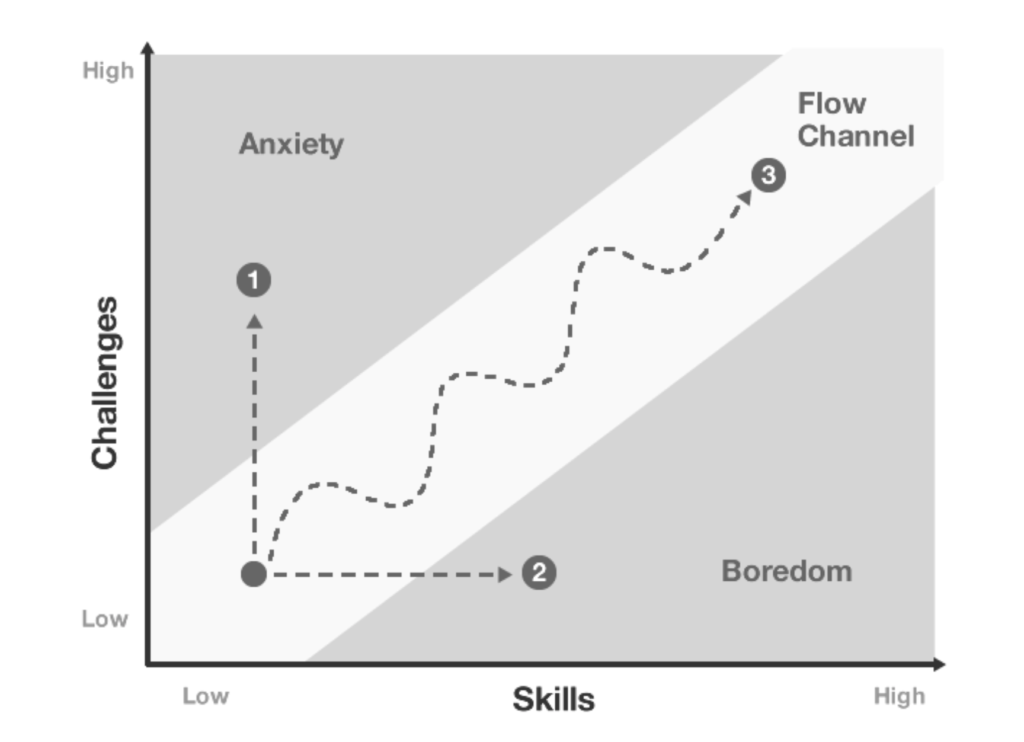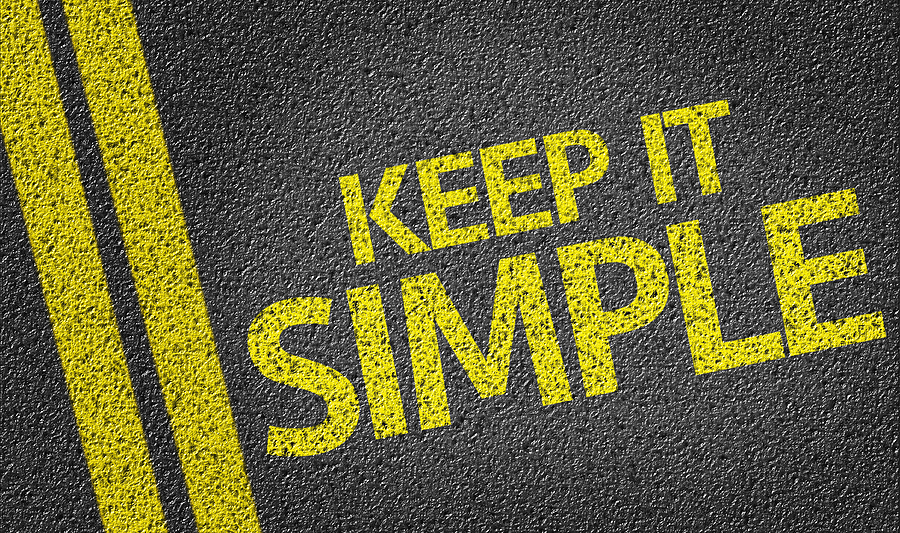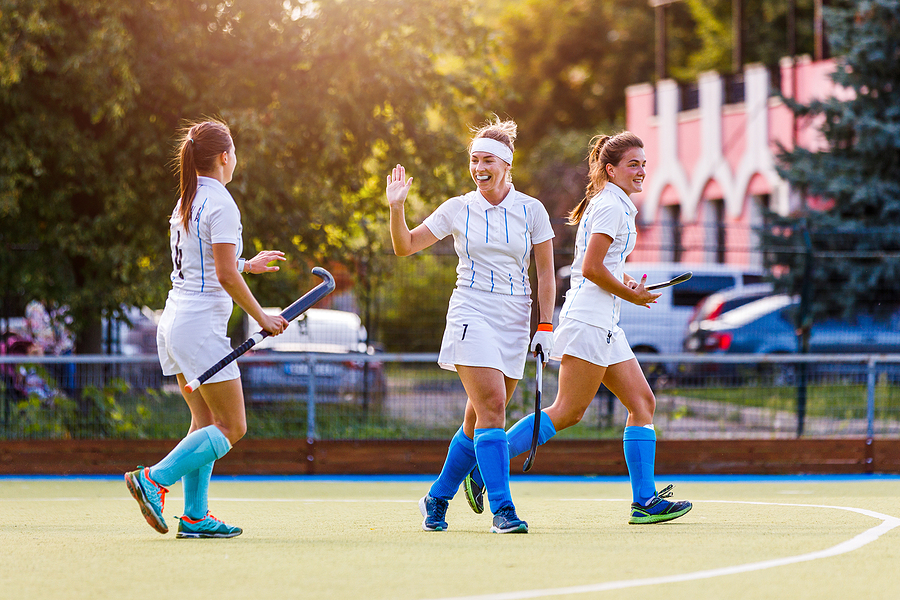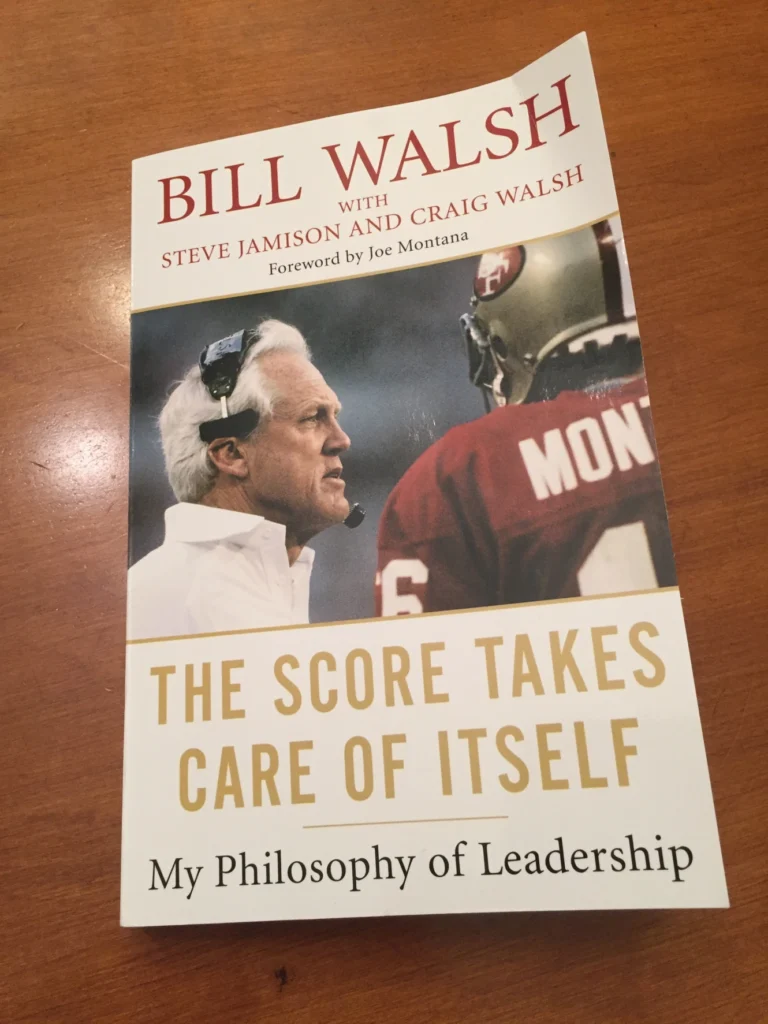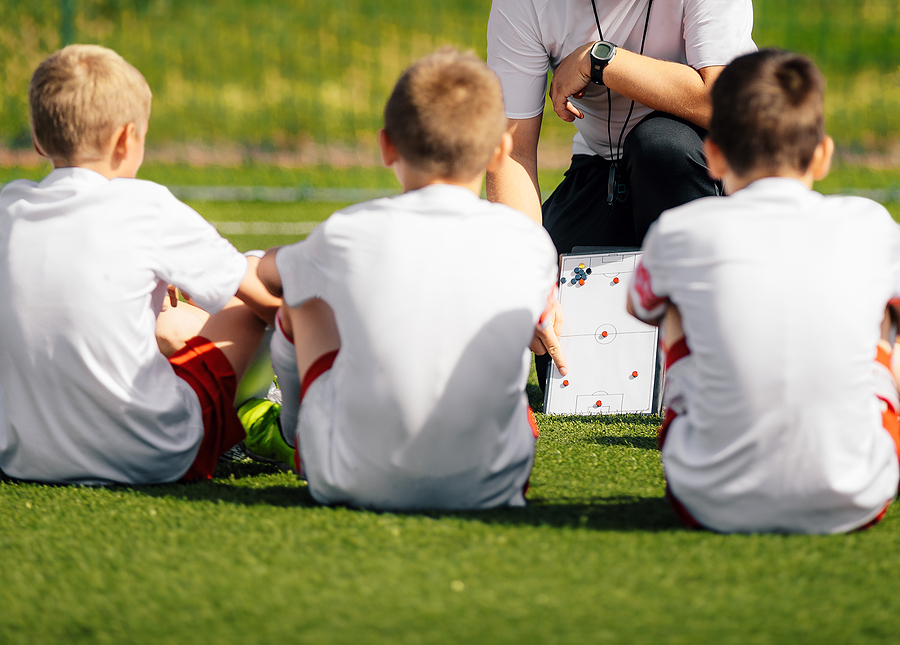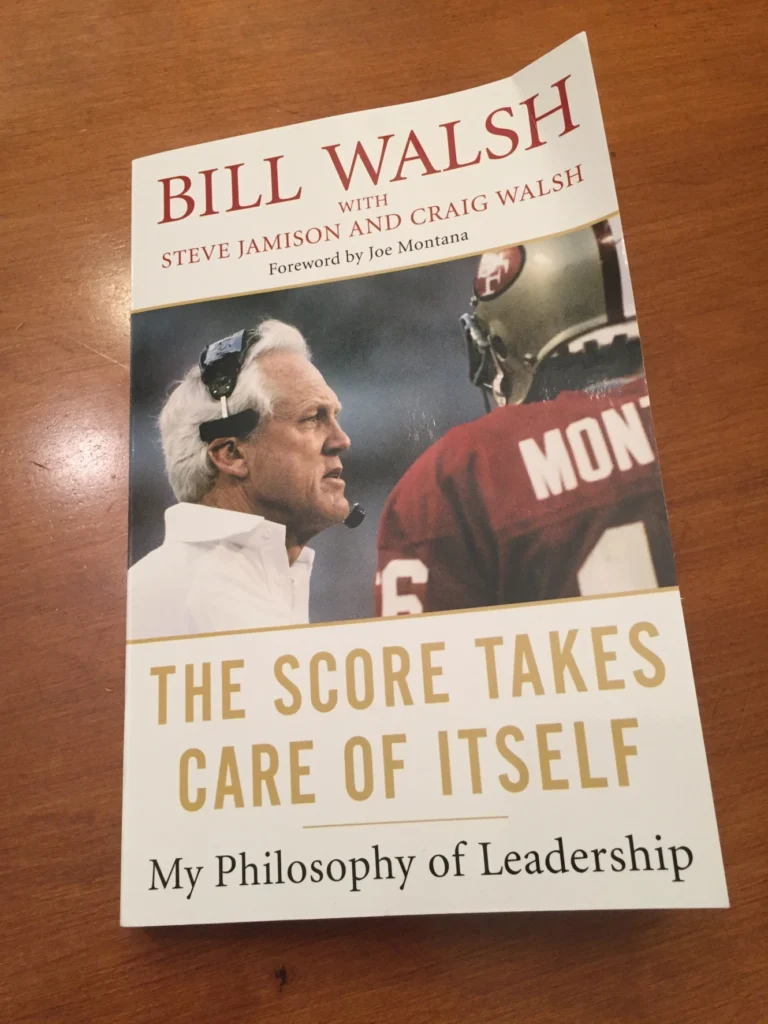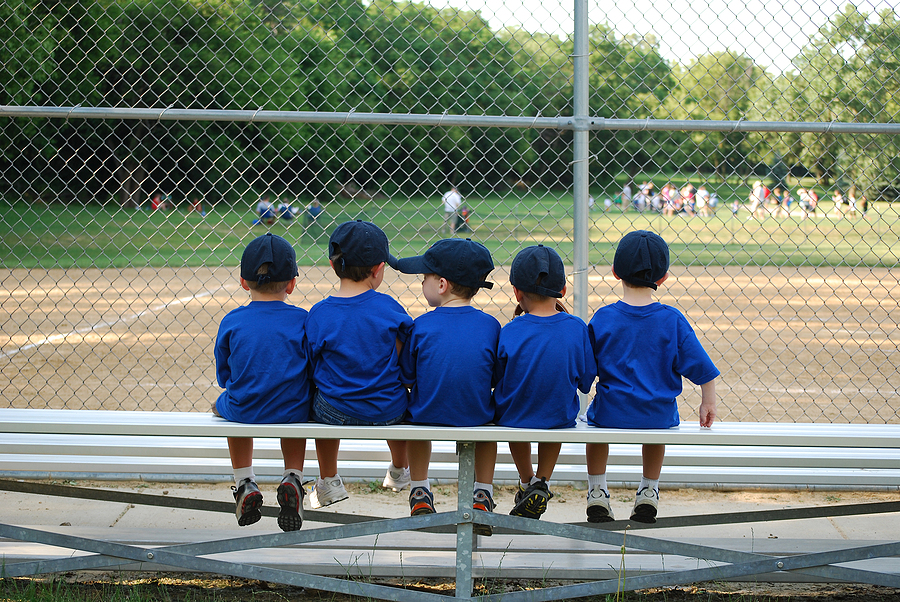The Mental Side of Electronic Sports
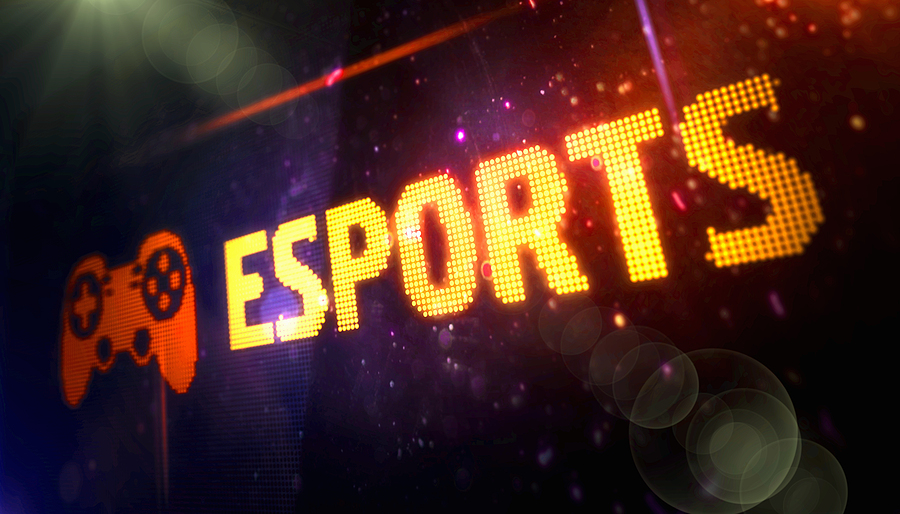
Not an esports fan or competitor? Fear not as this article contains psychologically oriented tips and suggestions applicable across many performance domains. You may be surprised at just how much you can learn despite a lack of familiarity with esports.
What Are Esports?
Esports stands for electronic sports. They are essentially competitions between people playing video games. The most common electronic mediums are the personal computer (PC), a game console (Playstation, Xbox, and Nintendo), as well as mobile devices. There are a wide variety of communities across each of these platforms that passionately dedicate themselves to their preferred game or games. Just like in actual sports, most competitors have one video game that they focus their attention on mastering.
Most esports competitions follow traditional sporting tournament formats. A lot of the most popular tournaments have open qualifications. This is very appealing to aspiring players as it means very low barriers to entry. On top of this are some massive money prize pools. The PC game, Defense of the Ancients 2 (DotA2), had a total prize pool of just over $40 million US dollars in 2021. It is one of the largest prize pools in eSports and was achieved through the fans and community funding it. For additional context, the next closest in terms of the prize pool was the 2019 Fortnite World Cup which was $30.4 million USD. Other globally competitive video games have ranged between $2-$7 million USD. With these prize pools, competitors are trying to find more ways to improve their abilities. Hence a greater interest in eSports psychology over the last few years.
Why Are Esports So Appealing?
For starters, video games are inherently enjoyable. They are designed with elements that combine challenge and reward which create positive reinforcement and provoke emotions. Video games are intelligently designed to give players feedback for achieving success. Such as animated celebrations for completing a task and uplifting sound clips paired with each successful event. You work your way through a problem and stumble a few times but then work out your own solution which results in a feeling of triumph. This is an experience that our brains enjoy a lot and so we tend to want to sensation that again.
From a competitive point of view, the two main elements these games provide are skill and a score. One of the earliest video game tournaments was held in 1980 by video game company Atari for the game Space Invaders. This was an individual-based competition where the winner was the person with the highest score.
Since the implementation of the internet, video games have been designed to be played only with other real people in the game. Now that creates an enjoyable experience that we are able to engage in socially with our friends. Esports are designed purely with competitive elements in mind and are very rarely played on your own. Think of it like trying to play tennis with just one person. Hence the new classification of esports for competitive video game titles. It is a seemingly simple recipe, put forward a challenge between two or more people and offer a prize.
Esports Psychology
Let’s start by addressing the elephant in the room. Esports do not require any athletic or cardiovascular demands. The physical requirements are more related to fine motor skills with competitors needing to move a device (mouse or joystick) with millimeter precision by the hand and fingertips. This is an extremely similar set of skills to what we have across musicians, snooker, golf putting, and archery to name a few. There’s a lot to be learned from the training methods that have been developed in these sports and performance areas.
Processing Speed
Most of the mental challenges in esports come from higher demands on planning and decision-making. Top competitors tend to develop their visual-spatial and information-processing skills well. This is because they are required to scan through an image on a screen that contains a lot of information which then needs to be translated quickly into a decision. These processing skills are similar to ones required for soccer players, for example, to scan the field for a pass while an opponent is running at them.
There are a lot of similarities between chess and esports with regard to decision-making. Esports can differ by having a much larger amount of data as well as the decision-making taking place at the same time as opposed to turn-taking. To try to illustrate, in DotA 2, there are 5 players on each team. Each player can choose from 123 unique characters to control in one match. These characters then have 4 skills each and can purchase up to 6 items out of a total of 208. The players then actively control their character for an average game length of 40 minutes. You don’t need to make a decision for every combination at any given moment. However, I think it paints a picture of just how much data and situational combinations there are to process.
Focus
Given the amount of processing, it makes sense that esports competitors require a lot of focus and attention. Of all the information that’s presented which is the most important to focus on and respond to? Just like for physical sports, competitors can have difficulty on either side of the scale. Some may find it hard to maintain focus and others over-focus. It can be helpful to think of focus as being like the fuel of a vehicle. Step on the accelerator more (higher focus), the more fuel (focus) that’s used.
Tip: for your given title try to understand where the downtime or breaks are between moments that require high focus. Check-in with yourself and see if you have your foot down on the accelerator, you might be using up your focus when you don’t need to.
Emotions
Just like any other competitor most esports players want to win. And when we care about something along comes our emotions for the ride. Low confidence in our performance, and nervousness playing in front of a crowd for the first time. And maybe most commonly the worry of making a mistake. For esports psychology, the fundamentals are the same but the application might look different. Players will need to develop the capacity to accept those emotions while not having them impact their actions. A great place to start is to develop a reset routine. It can be as small as readjusting a piece of equipment. No matter how nervous or frustrated you might be you will always have the ability to adjust or move the equipment. You can read more about the concept of accepting emotions rather than fighting them here.
Team Unity
The average age of an esports professional in 2023 is between 20 and 26 years of age. More than half of the current titles are team-based and for a lot of competitors, this would be their first experience having to perform within a team. Unlike traditional sports, which have had the better part of the last century to organise themselves into communities and pass along their learnings, esports has yet to establish this structure.
If you are a younger competitor trying to plan your way to professionalism, or you are a parent trying to figure it out, there really aren’t any obvious clubs, teams, communities, or clinics that have an established system to guide these young competitors on what teamwork can look like. If you have any team sport experience, try to imagine what it would be like to only have your own play experience as a form of guidance.
Tip: Due to the demands of esports in terms of focus and decision making these games can make for ideal “cross-training” for competitors of traditional sports looking to target these crucial areas of mental toughness.
Esports and Health
Some of the best esports competitors in the world might be more relatable than you think. Many have enjoyed traditional sports from a young age and due to injury have repurposed their competitive drive into esports. Many of the top competitors understand the importance of taking care of their health and have wonderful physical routines at the foundation of their training. The top esports players look after their mental and physical health by lifting weights at the gym, running, and cycling. They are highly motivated individuals willing to invest their time to improve their performance.
The lack of physical exertion in esports makes it more complicated to have a clearer endpoint for practice. Taking care of your physical health plays a big role in mental performance and if you are looking to improve your mental game, this is a great place to start. Keep in mind that esports titles provide a lot of fun and when we combine that with motivated individuals it can be easy to over-practice. It’s important, therefore, from an esports psychology point of view to take these factors into consideration. From a neuroscience perspective, playing competitive video games with your friends is a very fun and rewarding experience. For a young mind, why wouldn’t you want to keep having fun?
Moderation Is Important
Moderation is important, too much of anything can be harmful. This is definitely a situation where we want to consider quality over quantity. If you are aspiring to improve your ability, start by looking at your health routines and try to understand what 1 – 2 hours of extremely high-quality practice might look like.
At Condor Performance we are really fortunate to have two psychologists who specialise in working with esports competitors and teams. Darren Godwin (author) is a Melbourne-based provisional psychologist whilst fellow Victorian Dr. Michelle Pain is hugely experienced in this domain as well. If you would like further information about working with either of these exceptional mental coaches please get in touch via our contact us page.


